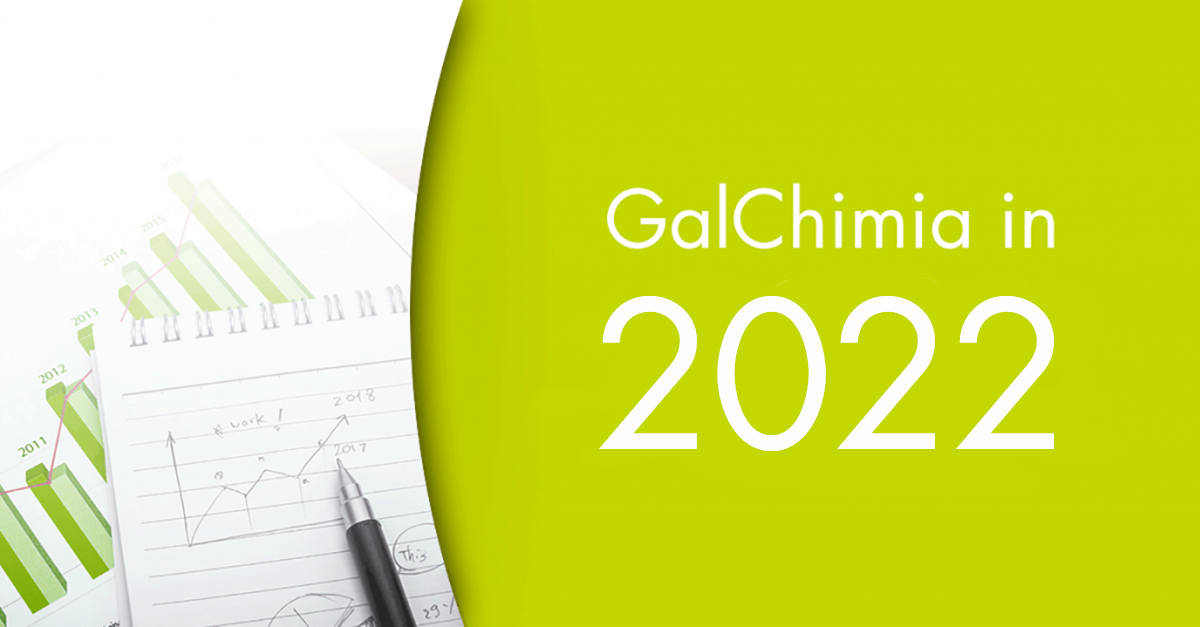Our revision of the 2022 figures comes this year a bit later than expected (again). We can start by saying that our 2022 was marked by its intensity and challenges.
It was intense because our project schedule was full, from beginning to end, with long term commitments and absolutely no room to take on any of the small projects coming up throughout the year. Regrettably, we had to decline interesting requests from established clients, but this was necessary to be able to fulfill the existing commitments with the quality standards we are known for. Making the right decision can be tough sometimes…
It was also a challenging year because we went through all kind of issues. I will not delve here on it and will just call it a logistics–breakdown–delay rollercoaster. It seems to be a general problem for the Life Sciences companies, though; when talking to colleagues and competitors in the field, we all seem to share the same pains… Believe it or not, this has a lot to do with the atypical figures below:
(data for 2021 shown in brackets)
Let’s begin the analysis of our numbers. In 2022, we started about half the projects we would be taking on in a typical year. What we are missing here are all those small urgent projects I mentioned above: custom syntheses of impurities or metabolites that unfortunately we could not take on. The number of completed projects is also about half that of 2021, because most of our chemists were working on long-term FTE projects that were reaching the stage where fewer products are needed, but in larger quantities.
In terms of success, only two projects could not be completed, both related to drug discovery. Although we did deliver compounds, the chemistry was a continuous uphill battle: reactions in no or low yield that hindered proper advances in the routes, requiring numerous resyntheses to accumulate enough product for analysis and delivery. In the end, in view of such poor prospects, the clients decided to cancel the projects. Nevertheless, even with those setbacks, our success rate for the year remained at 97%.
Surely enough, those long and complex routes were also common to the successful projects. The average number of steps per product stood at ~6, but we reached new records for longest linear (19) and convergent (24) routes. With all things considered, we closed the year with a lower number of total reactions and fewer final products (1120). But here lies the explanation, although the number of products at small scale was halved (855 vs 1595 in 2021), they were compounds with a greater level of difficulty, as illustrated by the average number of reactions per compound (8.4 vs 6). This is also reflected in the figures for bigger quantities, with about 20% more products in the range of hundreds of milligrams and grams than in 2021. Overall, our chemists invested more time in longer routes and more challenging chemistries, as well as scale ups and big batch purifications to deliver products to more advanced stages of development.
Don’t get me wrong, we are here for the challenge, but after three years of hurdles, I’m kind of hoping for a dull 2023!
Jacobo Cruces, CSO

